“Everything happened in the distance…”. (1)
Space.
A distance forged between point “a” and point “b”. On one side, there was emptiness, a vacuum; on the other side an electric field, drawing and connecting the two “points” like gravity. Two distinct stimuli: spatial infinity reaching far beyond human senses, and a tiny, yet captivating detail – a spark stimulating our perception.
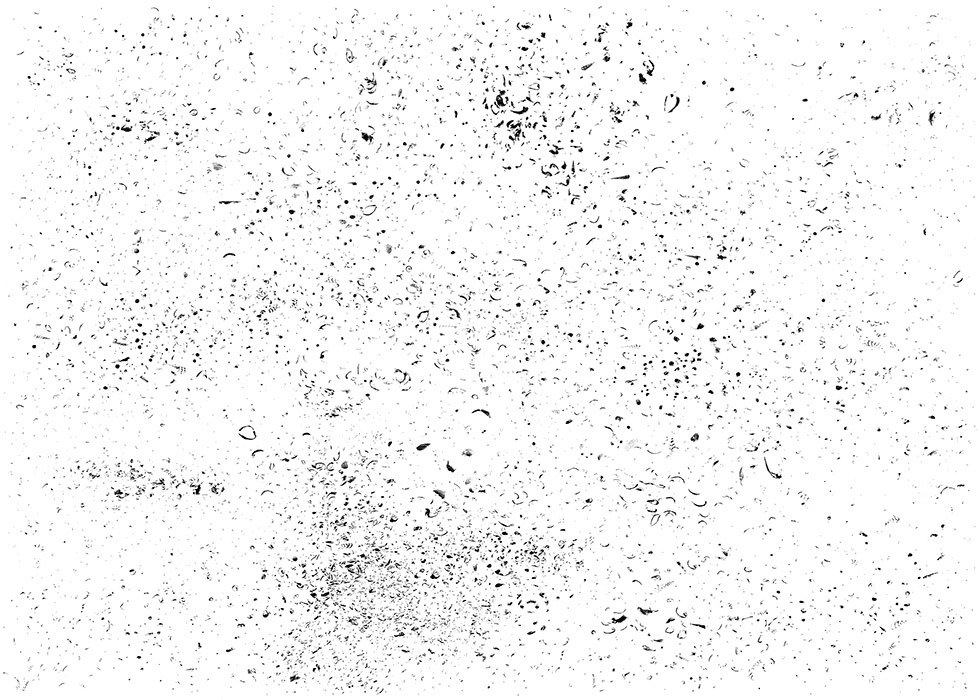
Agata Madejska, The Economist, 2014
Giclée print, 150 × 210 cm, courtesy the artist

Agata Madejska, kosmos #4, 2006
Lightjet C-type print on dibond aluminium, black aluminium tray frame, 41,8 × 54,3 × 4 cm, courtesy the artist
For a brief moment the spark throws light on forms and objects, which until then remain hidden in the dark. Photographs by Agata Madejska, which belong to the “kosmos” (“Universe”) series depict the unique moment when our eyes make out subtly illuminated shapes amid the dark abyss of oblivion and neglect. At first these shapes are abstract; they resemble nothing meaningful. But as time passes, they form into numerous pictures – shapes of swings, slides, and playgrounds – familiar motifs of childhood memories. The artist draws from widely familiar concepts embedded within historical, social and cultural memory. She relies upon the associations these concepts evoke, thereby triggering our memory, forgetfulness, and things that are conscious and subconscious within us.

Agata Madejska, Ideogram 001, 2008
Lightjet C-type print on aluminium, 60 × 46 × 4 cm, courtesy the artist
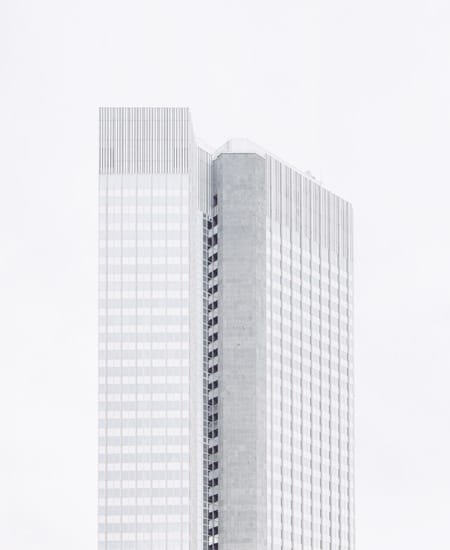
Agata Madejska, Ideogram 002, 2009
Lightjet C-type print on aluminium, 60 × 49 × 4 cm, courtesy the artist
Madejska often applies this method in her work. In the “Ideogram” series, a sharp geometric form, constituting part of a glass office block, pierces through a cloudy, unspecified space. This building is detached, isolated. It does not belong to any surroundings that are familiar to us. From experience we recognise that such forms of modern architecture serve business purposes and can be found in modern neighbourhoods and business centres. Buildings of this nature rarely stand alone. The isolated singular entity therefore loses its primary purpose and is detached from its social and functional role. Through selecting and detaching the object, Madejska returns the building to its former design stage. It becomes an idea, a sign. It is a mirage from the past. In other words, it constitutes the designer’s materialised, concrete idea.
All the objects present in the photographs appear devoid of their weight, volume, and majesty. They are flat, floating forms. This gesture suggests that the artist uses photography in the same manner as painters traditionally used the medium. Bearing in mind that it is impossible to depict three-dimensional reality having simply two dimensions at her disposal, Madejska uses light in order to paint pictures onto photosensitive paper. According to her it was painting, which originated conscious living through pictures. However, this was usually experienced through imperfect, black-and-white reproductions. Thus in her eyes, these two techniques have always been interrelated. They both draw from each other. This becomes particular evident if we observe how plain surface is formed, at how softly space is depicted, and at colourful details. The relationship between light and shadow is particularly vivid and constitutes one of the main factors defining Madejska’s photography. It is this interplay between the two that greatly defines viewers’ perception of subsequent spaces and surfaces of a picture. Illuminating or underexposing them makes them flat, eliminating the boundaries between them. Through this technique Madejska poses a question concerning the positioning of forms, their absence or their existence. She asks whether they are here or there (directly referred to in her piece entitled “Here and There”). Do they belong to the contemporary world or are they remnants of the past? Finally, do they really exist or are they merely inventions of our mind, fuelled by a creative imagination or obsession?
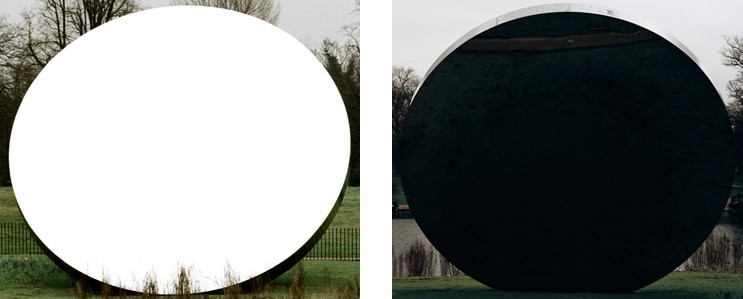
Agata Madejska, Here and There, 2011
Lightjet C-type print on forex, wood, 12,5 × 33 cm, courtesy the artist
Finding answers to these questions is challenging. It seems that the objects-mirages in Madejska’s works appear only for a brief moment. They can quickly disappear, dissolve into cloudy air, or become engulfed by the abyss. At first sight, they look as if they appeared by accident. Nevertheless, their appearance is highly skilled and determined. What was supposed to happen did indeed take place, and was captured. Like a demiurge, Madejska retrieves these objects from chaos with artistic gesture. However by isolating them she also changes their initial meaning. So what is this meaning now?
“It would be difficult to tell this story further. In fact, I do not know if it really is a story. Constantly gathering and disintegrating elements should barely be referred to as a story…”. (2)
The answer does not seem to lie in this puzzle. Instead, it is encrypted within the undefined and dense matter of photographs. Meanwhile, obsessive thoughts continually remain running through our minds, which do not let us forget her work.
(1) Witold Gombrowicz, Cosmos, tr. Danuta Borchardt, Yale UP, 2005.
(2) Witold Gombrowicz, Cosmos, tr. Danuta Borchardt, Yale UP, 2005.
Agata Madejska graduated from Folkwang University of the Arts in Essen in 2007, and in 2010 from the Royal College of Art in London. Her work has been exhibited in “Conflict, Time, Photography” at Tate Modern in London (2014/March 15, 2015), in Parrotta Contemporary Art in Stuttgart (2013), during the collective exhibition “Twisted Entities, Polish Contemporary Art”, Muzeum Morsbroich (2013) in Leverkusen, Made in Germany Zwei, Kestnergesellschaft in Hanover (2012), Man and his Objects, Museum Folkwang in Essen (2012), reGeneration2, Aperture Gallery, in New York (2011) and Bloomberg New Contemporaries, ICA, London (2010). She lives and works in London and Essen.

Agata Madejska, Here and There, 2011
Lightjet C-type print on forex, wood, 12,5 × 33 cm, courtesy the artist and Parrotta Contemporary Art
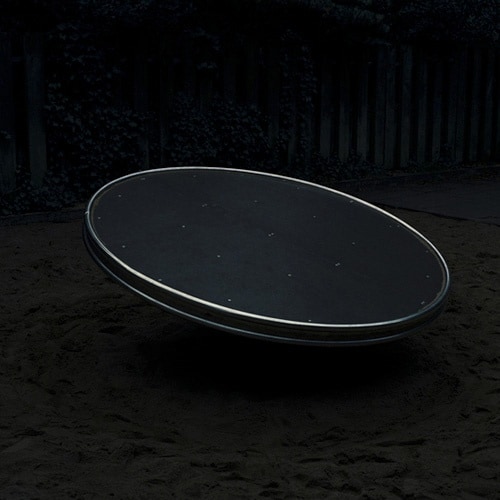
Agata Madejska, kosmos #3 , 2006
Lightjet C-type print on dibond aluminium, black aluminium tray frame, 41,8 × 41,8 cm, courtesy the artist

Agata Madejska, kosmos #7 (Universe), 2006
Lightjet C-type print on dibond aluminium, black aluminium tray frame, 41,8 × 57,3 × 4 cm, courtesy the artist
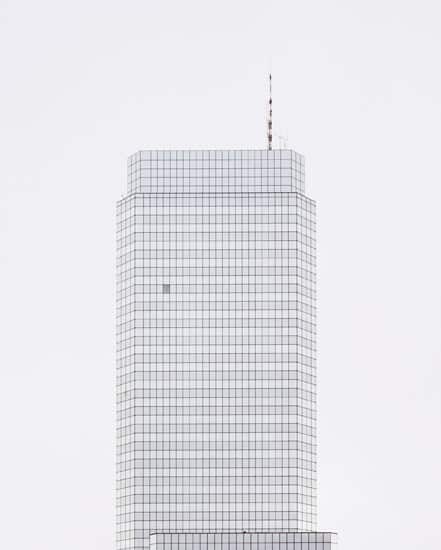
Agata Madejska, Ideogram 007, 2008
Lightjet C-type print on aluminium, 60 × 48 × 4 cm, courtesy the artist
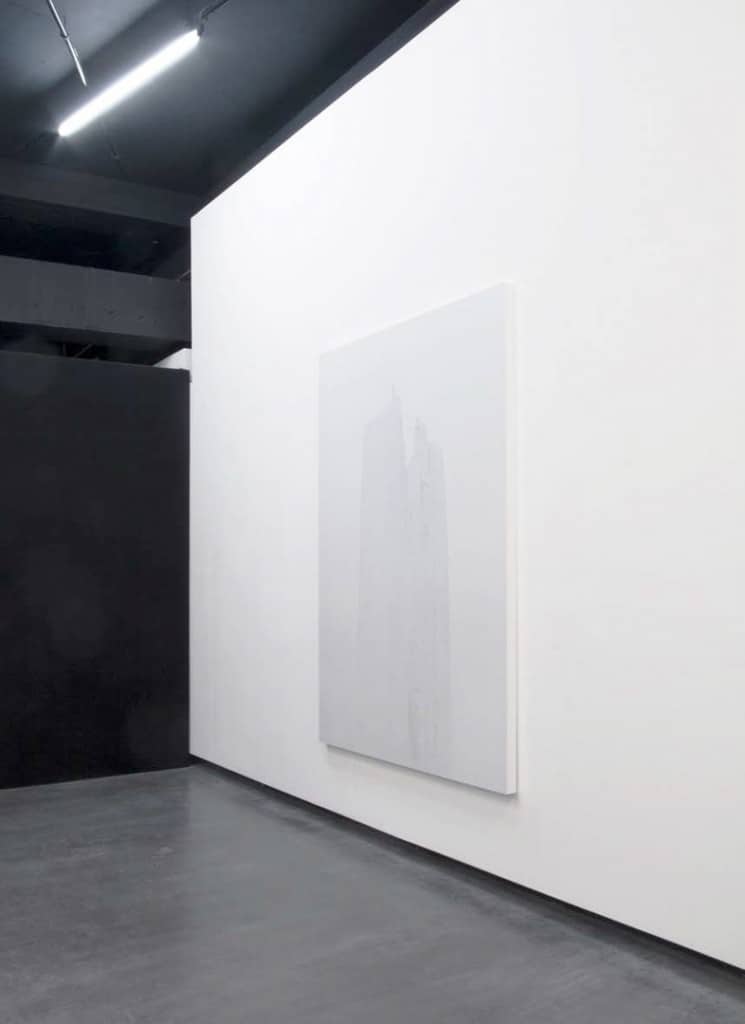
Agata Madejska, 25–36, 2010
Lightjet C-type print on forex & varnished MDF, 161 × 220 × 5 cm, Installation view at Parrotta Contemporary Art, Stuttgart, 2013, courtesy the artist and Parrotta Contemporary Art








